Sucden ‘intently optimistic’ about base metals prices in second quarter
Positive forecasts for Q2 of 2017 could be dependent on whether US fiscal stimulus delivers.

Sucden’s head of client liaison, Steve Hardcastle, said that fresh announcements will be a driver behind a pick-up in prices.
Firstly, at the company’s press briefing Today, he noted: “We are currently at the lower end of the range. Across all base metals, and want to strengthen later in the quarter. Short term, the markets are not brilliant at the moment. But fresh announcements from the US in particular will probably inspire further strength. This is April after all, traditionally a time when things should pick up.”
Optimistic about the market
Secondly, intently
optimistic about the market, he reflected on the first quarter of the year. And explained that the global economy started the year “on the front food”. As president Trump was sworn in to office and promised increased fiscal stimulus, looser regulation and taxation, which caused global equity indices to continue impressive rallies.
“Nothing is yet to materialise in terms of Trump’s infrastructure spending. Right now the market is buying the rumour.” “We’re cautiously optimistic about the market. Let’s see how we perform for the remainder of the quarter. And by the end of the year we should see some real numbers as the Trump administration gets its agenda sorted.” (Kash Kamal, senior analyst.)
Aluminium production cuts in China
The announcement of Chinese capacity cuts will help support prices towards the end of 2017. Company expects some volatility in the aluminium market. As any restarts of idled capacity could see prices reverse sharply.
Funds remain bullish as calendar spreads are suggesting a tighter outlook. The cash-to-three-month spread widened to $10.25 per ton contango at the end of March from $4.25 contango at the end of February.
“The LME stocks are down to seven-year lows. This is a far cry from the four million tons a few years ago. A lot of the reason behind this is the [production] cut backs in China for environmental reasons and cost.” (Steve Hardcastle)
Predictions about aluminium prices will range $1,850-2,000 per ton for the second quarter. The company predicts a lower than anticipated 2017 forecast of $1,765 per ton. Easing slightly to $1,740 per ton in 2018.
Tighter outlook for copper
The broker forecasts tightness in concentrates, which will see an increasing appetite for higher prices towards the end of the second quarter.
“Supply disruptions and labour disputes will have the potential to squeeze prices higher still and, with macro tailwinds we expect prices to trade on the floor at around $5,550 per ton.”
It noted that Comex and the LME net speculative positions are showing a bullish outlook for copper, with Comex net spec longs at 60,773 contracts and LME net spec longs at 60,395.
Copper forecast for second-quarter prices is predominately at $5,550-6,200 per ton, with the broker predicting spikes towards $6,400 per ton.
Tight concentrates market supports zinc prices
Meanwhile, a tight concentrates market will continue to support a refined zinc metal deficit and bolster the bullish outlook for zinc in the second quarter of the year.
Fundamentals will continue to support prices, targeting recent highs of close to $3,000 per ton, according to the report. Sucden noted that momentum is starting to build for higher zinc prices as calendar spreads remain tight. Both near dated and long dated. Alongside this, LME and SHFE warehouse stocks continue to decline, adding further support to price hikes.
“As a bullish outlook seems to be dominating 2017 so far and looks set to persist for some time.. In part aided by Glencore’s shuttering of some 500,000 tpy, one key question remains: when will they restart this idled capacity.”
“On the demand side, consumption is expected to grow a steady 2% this year and with a tight outlook for both refined metal and concentrates, the world largest zinc mine could be tempted to bring some of its tonnage back online.”
Predictions about second-quarter price range of $2,500/2,550-3,000 per ton for zinc, with the 2017 price forecast at $3,211 per ton and rising further to $3,875 in 2018.
Supply deficit underpins support for lead prices
A continuation of a supply deficit  underpins support for lead prices, but the current jittery macroeconomic backdrop could pose obstacles to sustaining higher prices for lead.
underpins support for lead prices, but the current jittery macroeconomic backdrop could pose obstacles to sustaining higher prices for lead.
“There is a shortage of scrap around at the moment which helps. The market is starting to look tight and the outlook from traders is fairly bullish. Looking forward, the source of lead concentrate is declining so we’re reasonably happy about market prices rising,” Hardcastle added.
Sucden’s prediction for lead was $2,200-2,540 per ton in the second quarter, with short-term spikes either side. The 2017 forecast was at $2,292 per ton growing to $2,400 in 2018.
Nickel volatile due to Indonesia/Philippines
Nickel prices were swinging either side of $10,000 per ton since the start of the second quarter. With investor settlement heavily influenced by continuing developments in the Philippines and Indonesia.
“While the market is expected to record a substantial deficit this year, to the tune of 93,000 tons according to Wood Mackenzie data, at the current market price it seems investors remain unconvinced that nickel prices can regain territory back above $11,000 per ton.”
Long-dated calendar spreads are trading with increased volatility and price spikes are anticipated. Sucden also noted that LME warehouse stocks are relatively stable for nickel and there is no indication of immediate tightness.
For the second quarter, SF is predicting a range of $9,000-11,000 per ton for nickel. A potential for spikes on either side on any speculation of supply disruptions in Indonesia and the Philippines. The 2017 forecast is $10,289 per ton, while the 2018 forecast is $9,902 per ton.
Tin prices well supported
 In 2Q17 Tin prices are expected to be well supported at $19,000 with a preferred upside outlook for nearer the $21,000 per ton mark, Sucden said.
In 2Q17 Tin prices are expected to be well supported at $19,000 with a preferred upside outlook for nearer the $21,000 per ton mark, Sucden said.
Warehouse stocks are continuing to fall down, currently staying at 3,095 tons. Cancelled warrants currently only represent 10% of the total and therefore there is no immediate concern of tightness.
In conclusion, The 2017 forecast for tin prices is currently $20,570 per ton, and Sucden’s forecast for 2018 is not much different at $21,700 per ton


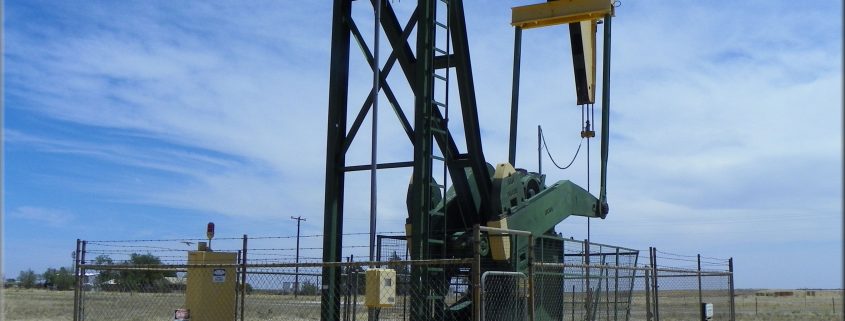
 Major U.S. East Coast refiners profited from railing hundreds of thousands of barrels of discounted Bakken crude to their plants daily from 2013 to 2015. But after North Dakota authorities have built more and more pipelines, the shrinkage began to disappear.
Major U.S. East Coast refiners profited from railing hundreds of thousands of barrels of discounted Bakken crude to their plants daily from 2013 to 2015. But after North Dakota authorities have built more and more pipelines, the shrinkage began to disappear.


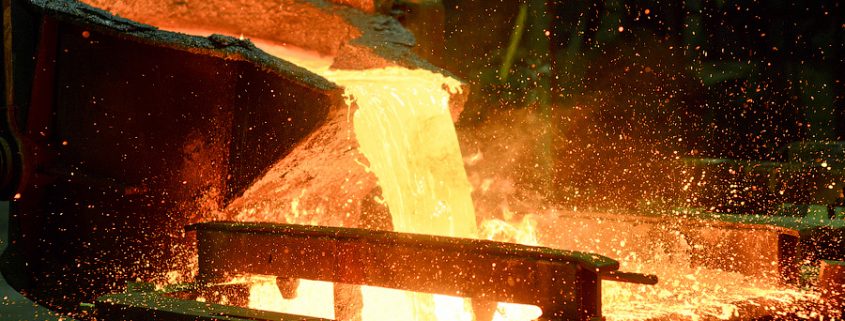
 Base metal prices on the London Metal Exchange were generally up this morning, with copper seeing the biggest increase.
Base metal prices on the London Metal Exchange were generally up this morning, with copper seeing the biggest increase.


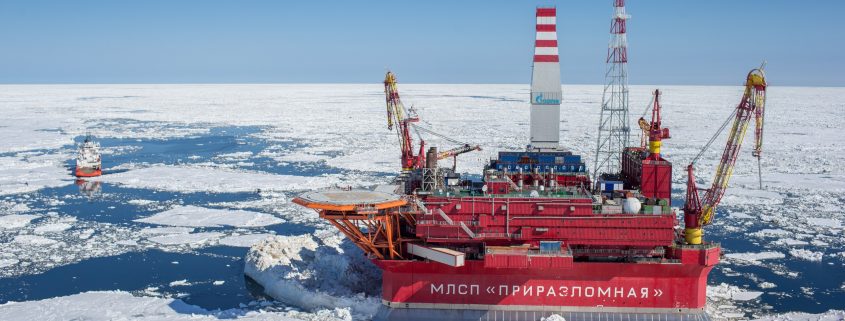

 Novak will meet Russian oil companies this month to discuss the subject. He also reminded they would discuss an extension formally with OPEC on May 24. Without the extension, Raiffeisen bank analyst said forecast for Russian output are: rising about 2 percent in the second half of 2017 to a peak of about 11 million bpd.
Novak will meet Russian oil companies this month to discuss the subject. He also reminded they would discuss an extension formally with OPEC on May 24. Without the extension, Raiffeisen bank analyst said forecast for Russian output are: rising about 2 percent in the second half of 2017 to a peak of about 11 million bpd. has said it plans to boost output this year referring to newly acquired oil fields. Including Kondaneft group of fields in Western Siberia, which are crucial for Russian production.
has said it plans to boost output this year referring to newly acquired oil fields. Including Kondaneft group of fields in Western Siberia, which are crucial for Russian production.
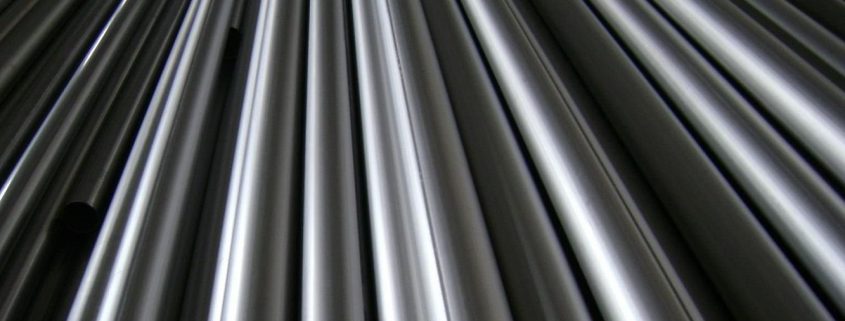




 While the relentless rise in U.S. oil outputs is making a fuss on supply’s side.
While the relentless rise in U.S. oil outputs is making a fuss on supply’s side.





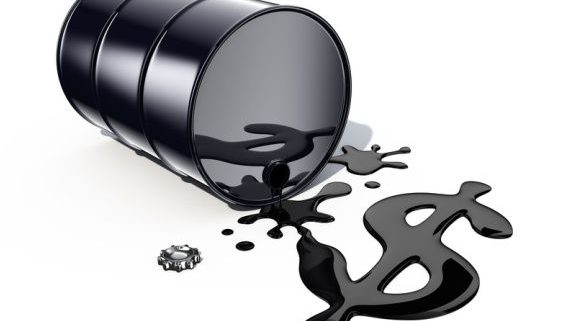
 Firstly, On February 7, 2017, Iran’s oil minister announced that major oil producers should prolong the oil production cut deal in second half of 2017. The production cut would restrain oversupply in the oil market and support crude oil prices. Higher crude oil prices have a positive impact on oil and gas producers. It affects their earnings: like Marathon Oil (MRO), Warren Resources (WRES), Hess (HES), and PDC Energy (PDCE).
Firstly, On February 7, 2017, Iran’s oil minister announced that major oil producers should prolong the oil production cut deal in second half of 2017. The production cut would restrain oversupply in the oil market and support crude oil prices. Higher crude oil prices have a positive impact on oil and gas producers. It affects their earnings: like Marathon Oil (MRO), Warren Resources (WRES), Hess (HES), and PDC Energy (PDCE).


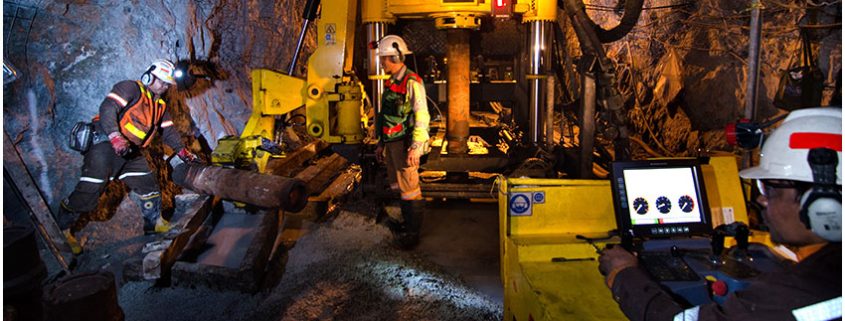


 “Efforts by the company to cut costs and reduce numbers of workers, made a fiasco among them.” It led to agitated tensions and their determination to protest.
“Efforts by the company to cut costs and reduce numbers of workers, made a fiasco among them.” It led to agitated tensions and their determination to protest.
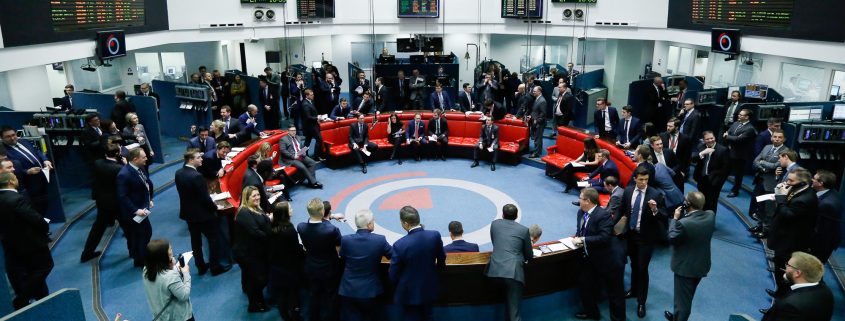

 The three-month copper price rose by $28.50 to $5,651.50 per ton. While copper stocks fell by 50 ton to 268,400ton, with 11,025 of freshly re-warranted copper. Global refined copper market posted a surplus of 51,000t in January, the International Copper Study Group (ICSG) said in a monthly report on April 20.
The three-month copper price rose by $28.50 to $5,651.50 per ton. While copper stocks fell by 50 ton to 268,400ton, with 11,025 of freshly re-warranted copper. Global refined copper market posted a surplus of 51,000t in January, the International Copper Study Group (ICSG) said in a monthly report on April 20.
